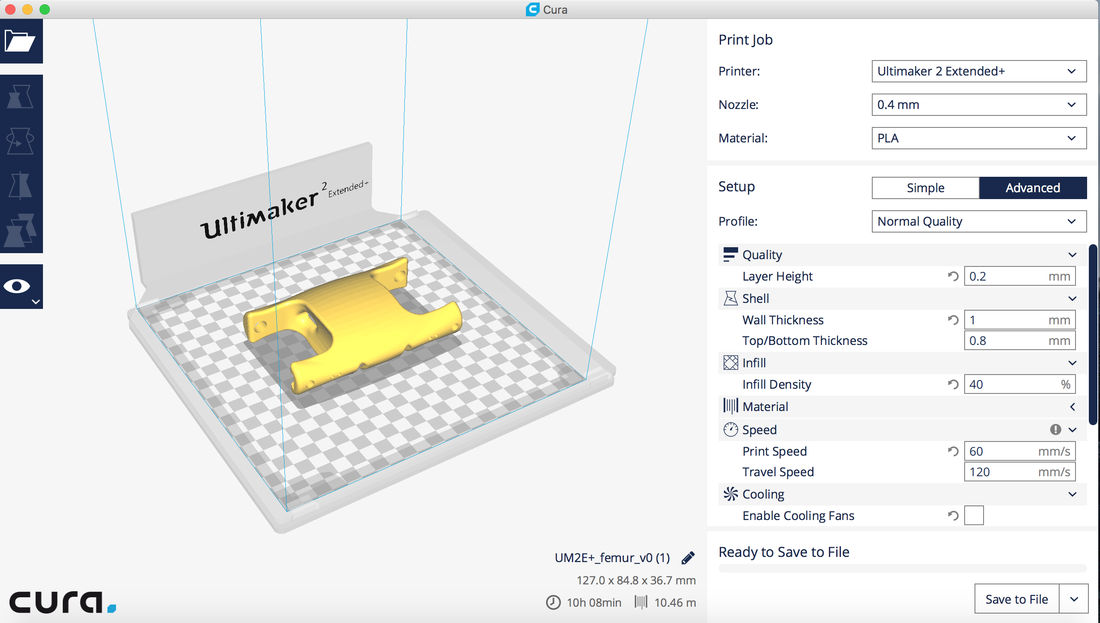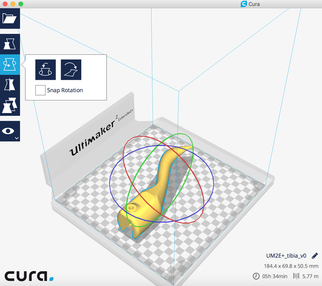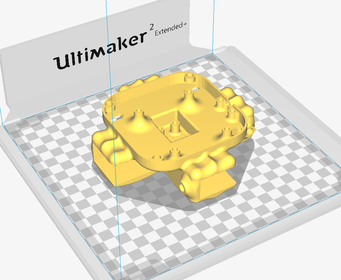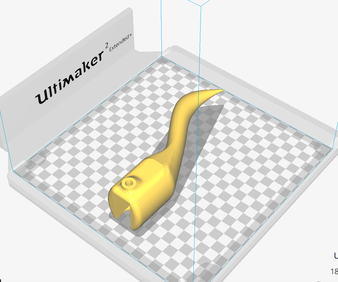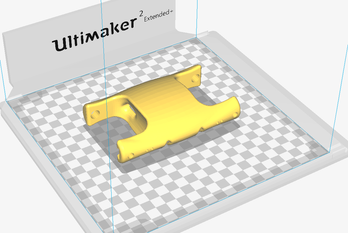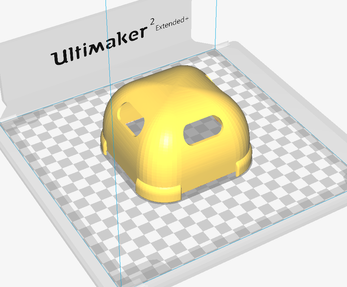3D Printing Instructions
Instructions on how to print with the Ultimaker are provided below. The STL files can be printed on any FDM (Fused Deposition Modeling) printer. If you are using another printer, we recommend using the same settings and orientation shown below. We recommend printing with PLA or ABS.
Printing on the ULtimaker & Settings
- Download Cura software
- Import STL file into Cura
- Ensure that the object is properly oriented: this will determine its structural integrity
- Use at least minimum suggested printer settings shown in the figure below (Note: Select "Generate Support Structure" in the Simple settings)
- Select "Save to File" to generate the .gcode file the Ultimaker prints with
- Place .gcode onto Ultimaker SD Card
Printing Orientation
We suggest the following print orientations to improve the structural integrity of the parts.
To change the orientation of the object:
To change the orientation of the object:
- Select the object
- Select rotate
- Move to desired rotation
- Object should snap so that it is flat with respect to the surface
The following orientations are suggested for each part:

